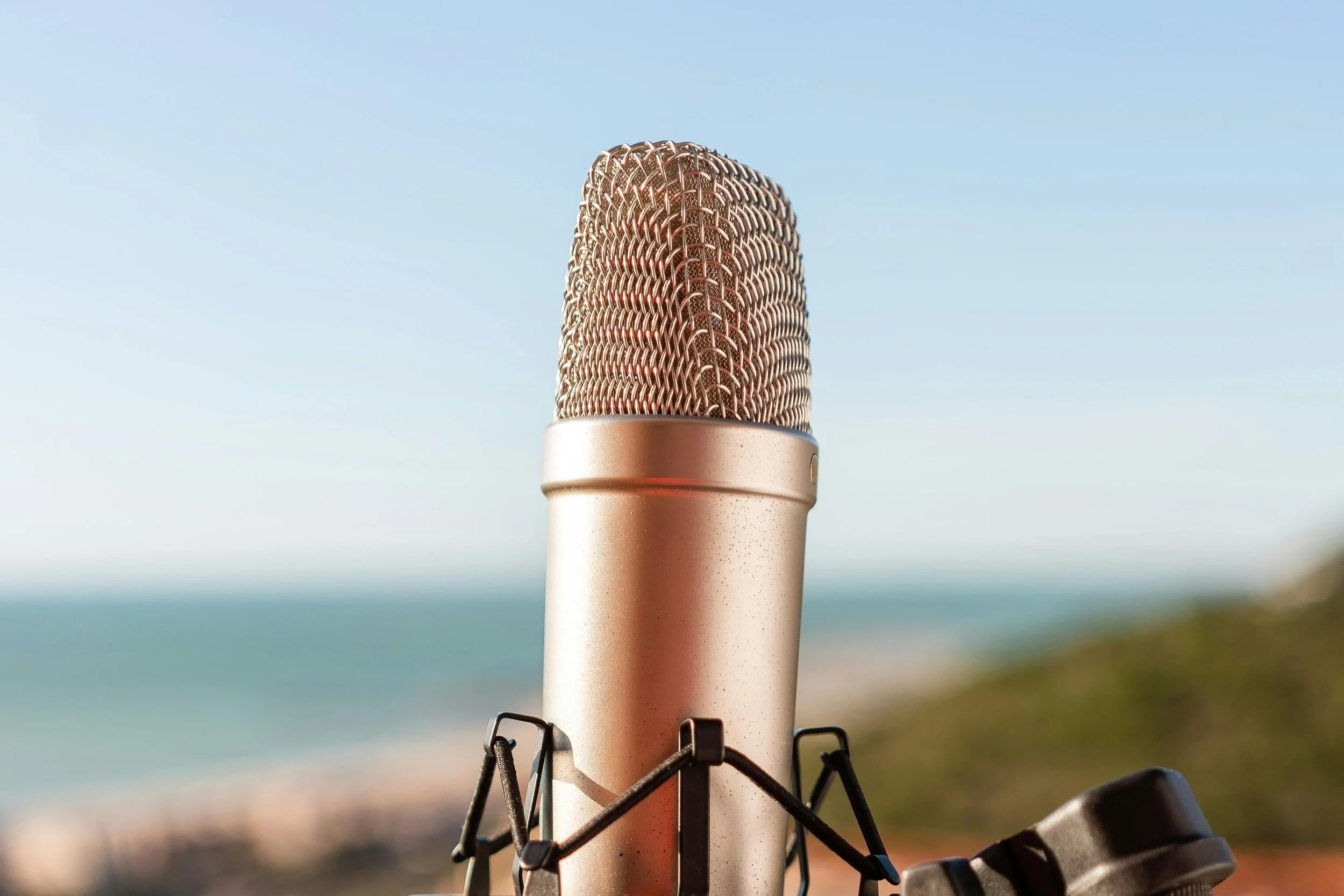Public Art + Media is Losing Funding, and You Want to Start Another Relationship Podcast?
📌 The Point:
The future of public knowledge depends on elevating creators who offer more than entertainment.
Let’s talk about where our cultural capital is really going, and what we’re choosing to build with it.
In June, the Corporation for Public Broadcasting was cut from the proposed federal budget. It’s a quiet decision with loud consequences: “[Public media] has been one of the most trusted institutions in American life,” said Patricia Harrison, CPB’s president and CEO. And now, local PBS and NPR stations—especially those serving rural, working-class, and BIPOC communities—are being gutted.
Meanwhile, creators on TikTok and YouTube are raising millions of dollars in venture funding, ad revenue, and brand deals for producing fast, scalable content. The creator economy is not only surviving, it’s thriving, and being courted by the very institutions that once ignored it. At Cannes this year, the top award in Social & Influencer marketing went to a Gen Z-led campaign fighting skincare misinformation in communities of color. It was human, helpful, and high-performing.
So what do we do with this moment?
We’re watching legacy institutions crumble while new media empires are being built on vibes and virality.
That’s a problem and an opportunity. Because here’s the thing: creators in the arts and humanities—public thinkers, culture workers, community historians, oral storytellers—deserve a much bigger slice of the creator economy pie.
The same week federal funds for public media were slashed, reports came out warning of donor drop-off in arts organizations, economic uncertainty driven by tariffs, and chilling effects on DEI funding. Some leaders are sounding the alarm: if we don’t fight to preserve cultural institutions and evolve alongside modern media, we’re leaving another generation without access to the arts, critical inquiry, or meaningful dialogue.
And no, individual donations alone aren’t going to cut it.
Even with a recent $70 million spike in public media contributions, CPB funding is still irreplaceable for local stations.
That’s why I’m calling for a different angle on the creator economy discourse:
More creator funding for deep conversation, not just entertainment.
More visibility for thinkers, critics, and culture bearers alongside lifestyle influencers.
More strategic positioning of arts and humanities content in branded and institutional campaigns.
Let’s stop pretending the only creators who “convert” are the ones peddling gossip or selling an aesthetic. Fund the podcast unpacking the role of music in social movements. Back the series exploring land stewardship through an Indigenous lens. Support the educator breaking down the history of reproductive justice on Instagram Live.
This is not just about nostalgia for what we’re losing. It’s about actively reshaping what we build next.
Sources:
“What the Corporation for Public Broadcasting Shutting Down Means for PBS And NPR” (TIME)
“Trump tariffs and DEI crackdown disrupt Seattle arts groups” (The Seattle Times)
“The next chapter of the creator economy is measurable, scalable—and human” (AdAge)
Briaan L. Barron is a media and cultural studies writer, brand architect, and CEO of Heye Frequency, a creator-led marketing agency. Based in Seattle, she has led marketing and development efforts at some of the region’s most impactful arts and cultural institutions. A graduate of Sarah Lawrence College and Boston University’s Graduate School of Communication, Briaan’s work centers on liberating overlooked voices from personal and systemic barriers to autonomy and authenticity.


